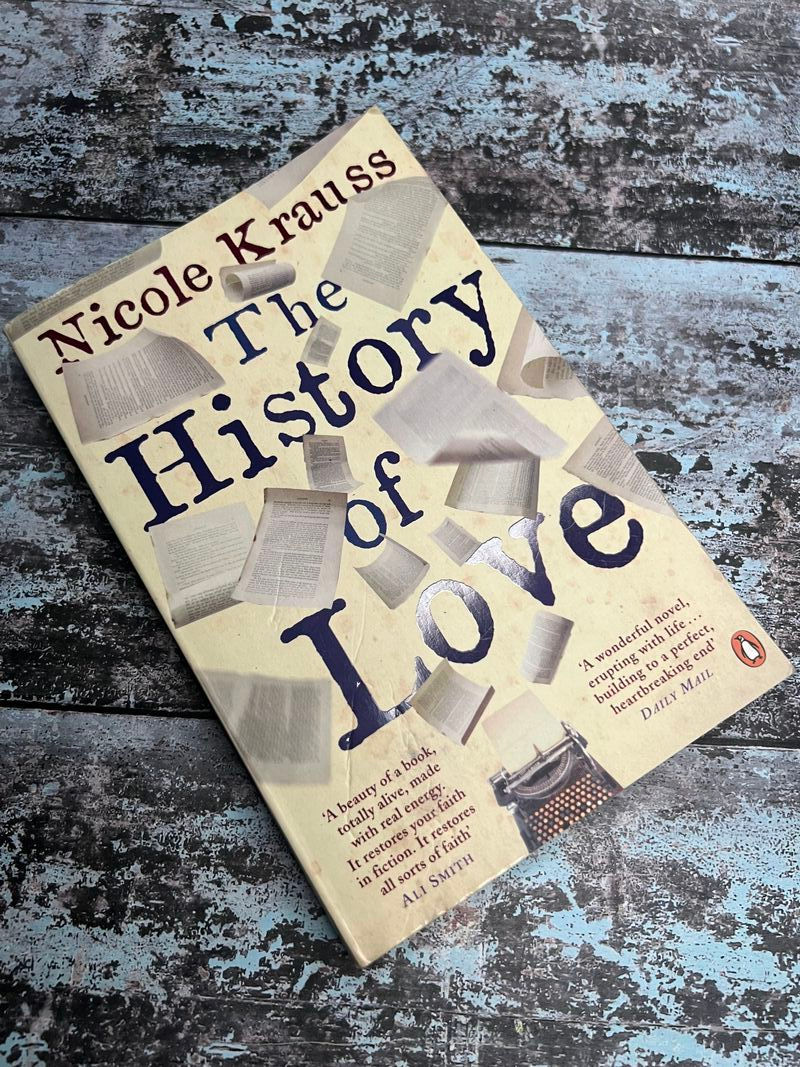Discovering Curiosity and Connection!
- hl8081
- Oct 20, 2024
- 3 min read

Have you ever stumbled upon a line or a fragment of prose that lingered in your mind for years? That’s how my journey with The History of Love by Nicole Krauss began. I first encountered a few lines from the novel some years ago, not knowing where they came from or what story they belonged to. Those words stuck with me—quietly haunting, elusive—and I knew I had to find the source. It was a curiosity that kept growing, like a whisper waiting to be answered.
Recently, my search led me back to this literary gem, and as soon as I held the book in my hands, I felt an instant connection. Page after page, my eyes raced to rediscover the words I’d once read, only to realize that The History of Love is far more than the sum of its individual lines. It’s a mosaic of stories, lives intertwined, and love that spans decades and distances.
At the heart of this intricate narrative is Leo Gursky, an elderly man living in New York City. His life, in many ways, is one of loneliness and obscurity, yet his inner world is vast, rich with memories of the love he once had. Leo is a Holocaust survivor, a writer whose great love, Alma, exists only in the recesses of his mind. His life may seem small, but the novel shows us that even in the most solitary moments, there's a quiet heroism in surviving, in yearning, and in creating.
Leo’s story is told with such poignancy that you can’t help but be drawn into his world. His reflections on love, loss, and the passage of time are deeply human and heartbreakingly real. He’s a character who writes not just with ink, but with his soul, pouring everything into his words—his history, his longing, his existence. You feel his aching loneliness, his desperate need to be remembered, to be seen.
As the novel unfolds, it reveals the lives of others connected to Leo’s work, particularly Alma Singer, a young girl named after the woman Leo loved. The way Krauss weaves together these parallel lives is masterful, creating a tapestry of relationships and histories that all stem from one book—Leo’s book, The History of Love. It’s a book within a book, a story that connects past and present, reminding us how love, in all its forms, leaves an indelible mark on the world.
The beauty of The History of Love lies not just in its exploration of human connection, but in its perspective on life itself. Leo’s reflections on his own mortality, his fears of being forgotten, and his quiet perseverance are deeply moving. Krauss paints a portrait of life that feels both intimate and expansive, reminding us that our stories, no matter how small, matter. We are all, in our own ways, part of something greater—a history of love that transcends time and place.
By the time I reached the final page, I realized that the lines I’d been searching for were not just within the text, but also within the themes of the novel itself. It’s a story about finding, losing, and holding onto love in its many forms. It’s about how stories—whether written or lived—can shape us, change us, and, in the end, define us.
If you haven’t yet read The History of Love, I urge you to pick it up. It’s a novel that will stay with you long after you’ve turned the last page, not just for its beautiful prose, but for the way it captures the essence of being human: the longing for connection, the fear of being forgotten, and the enduring power of love.



Comments